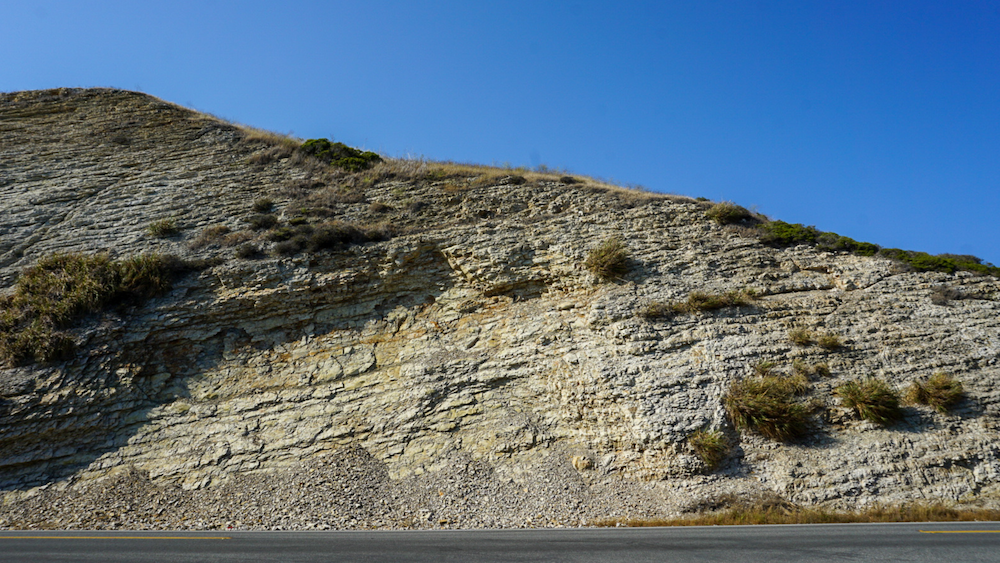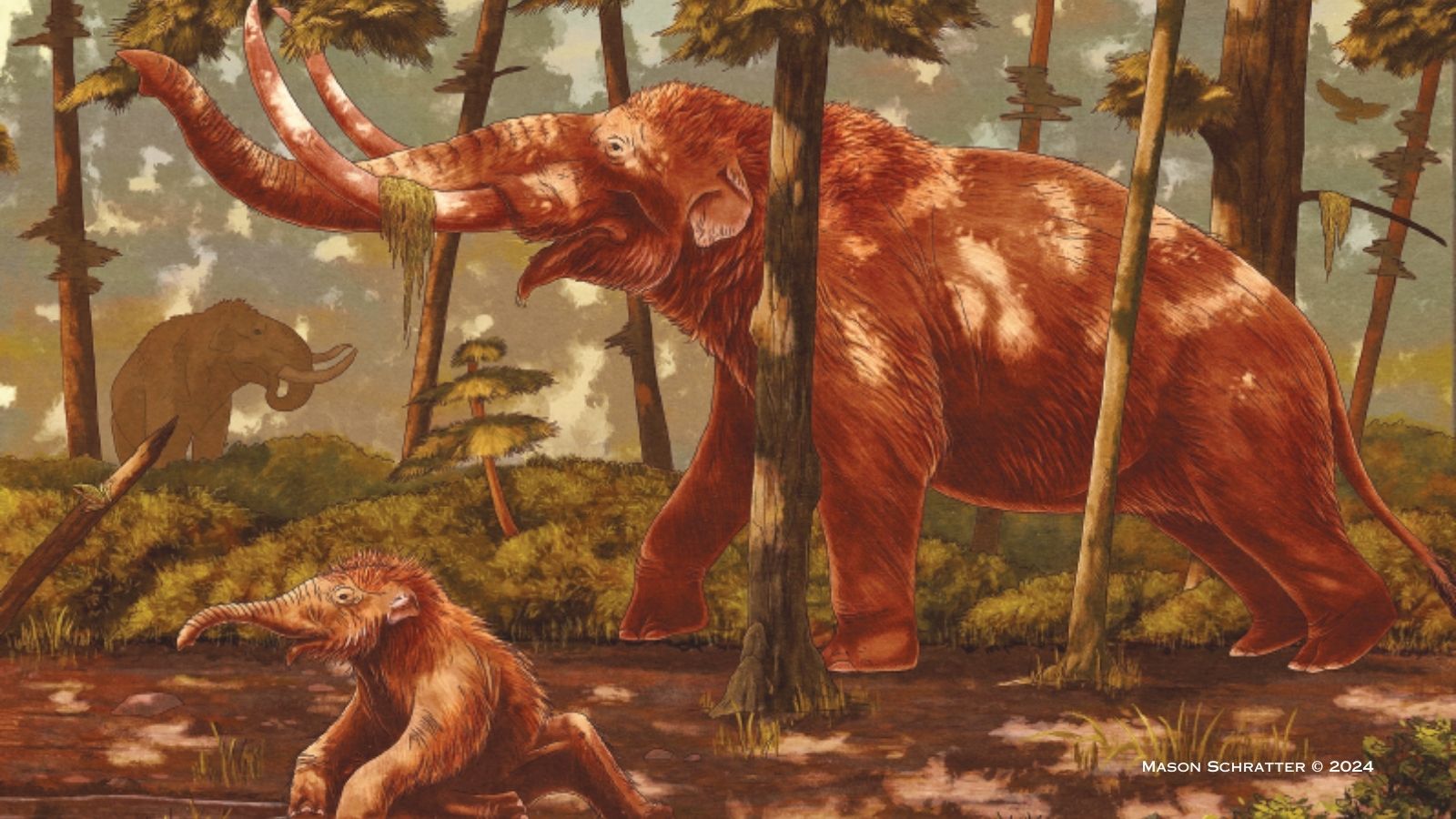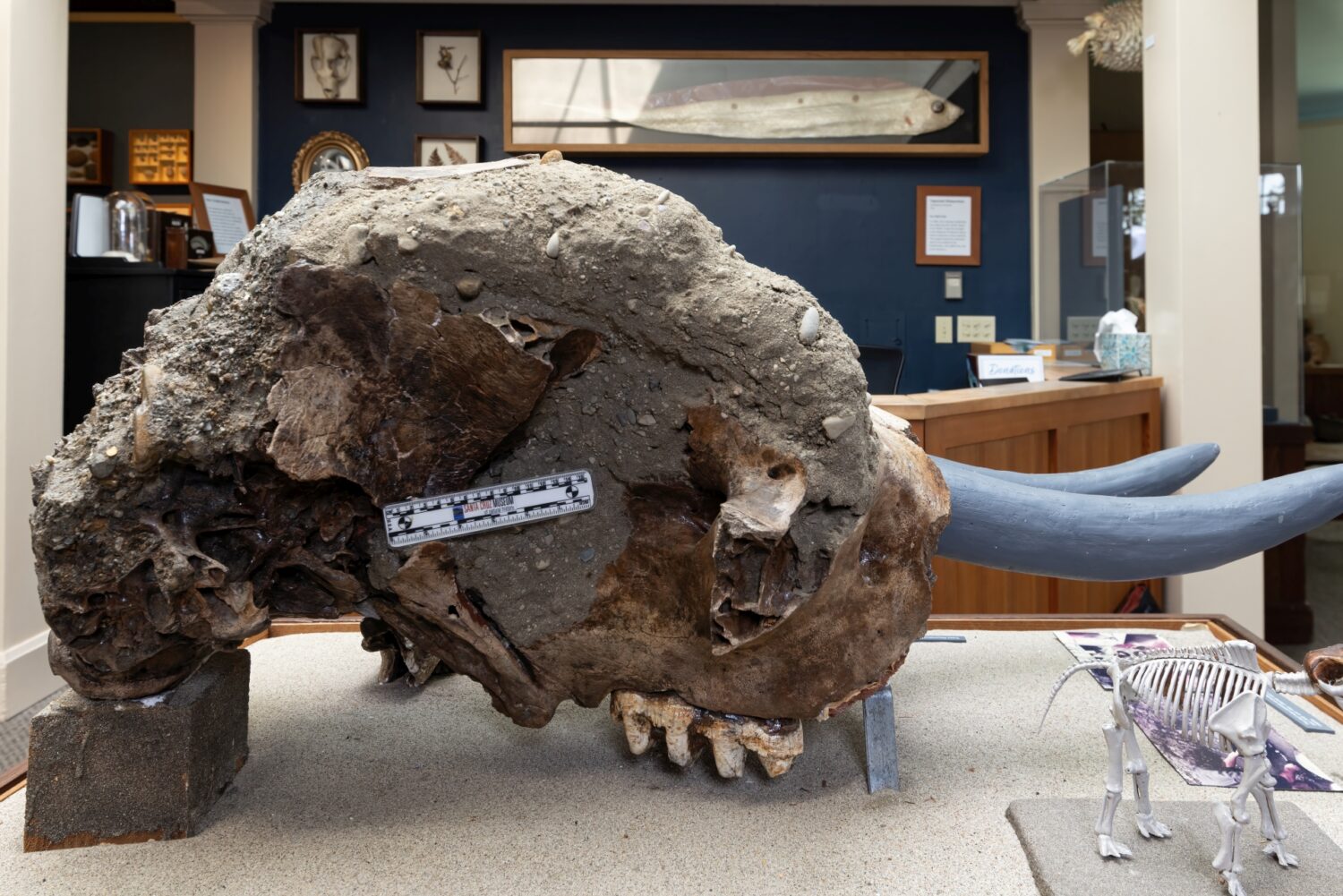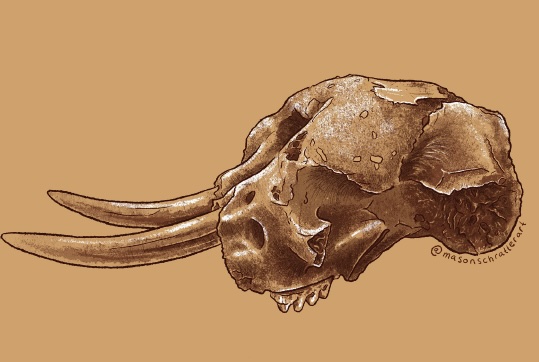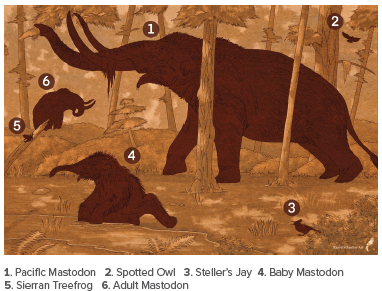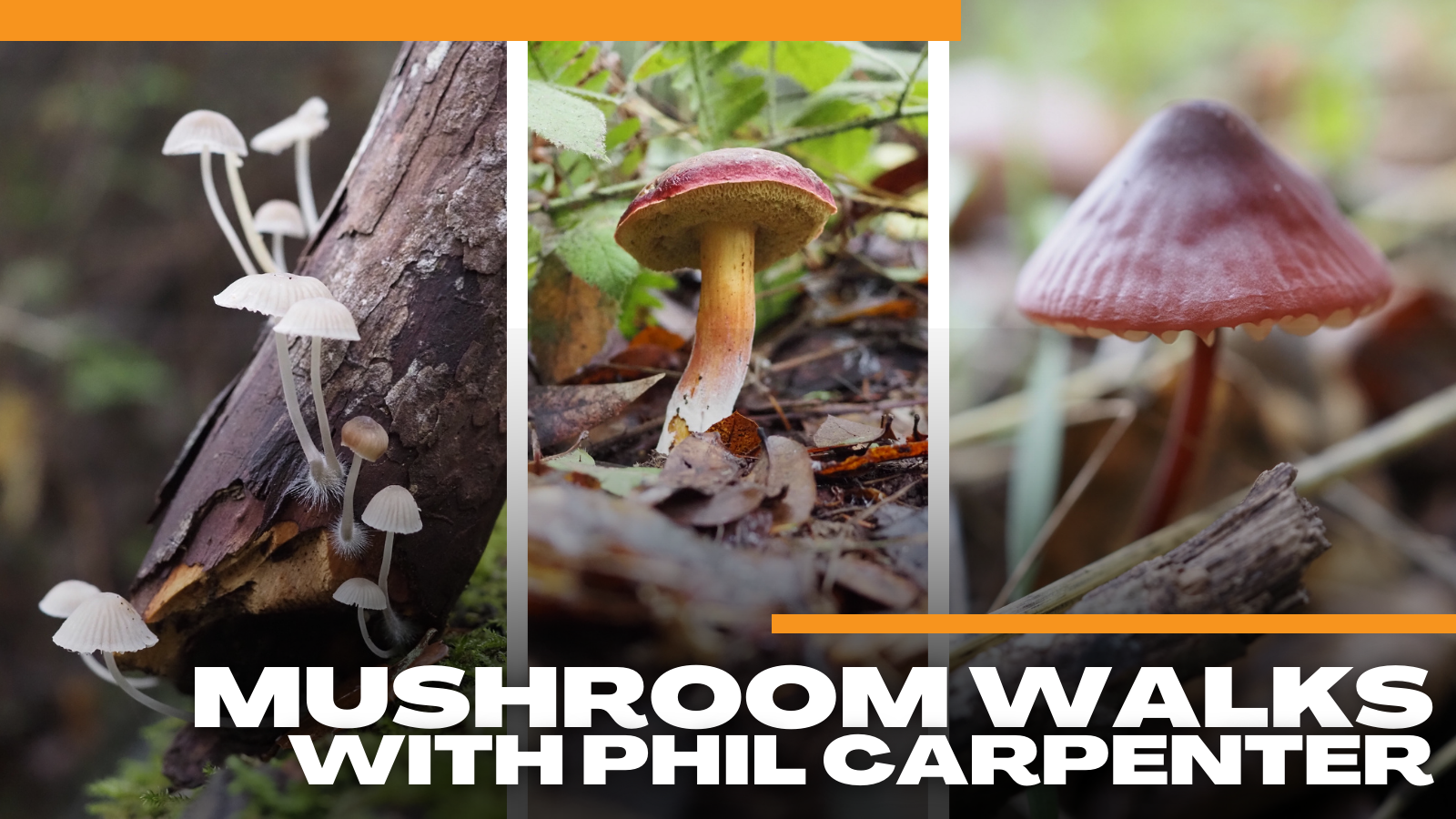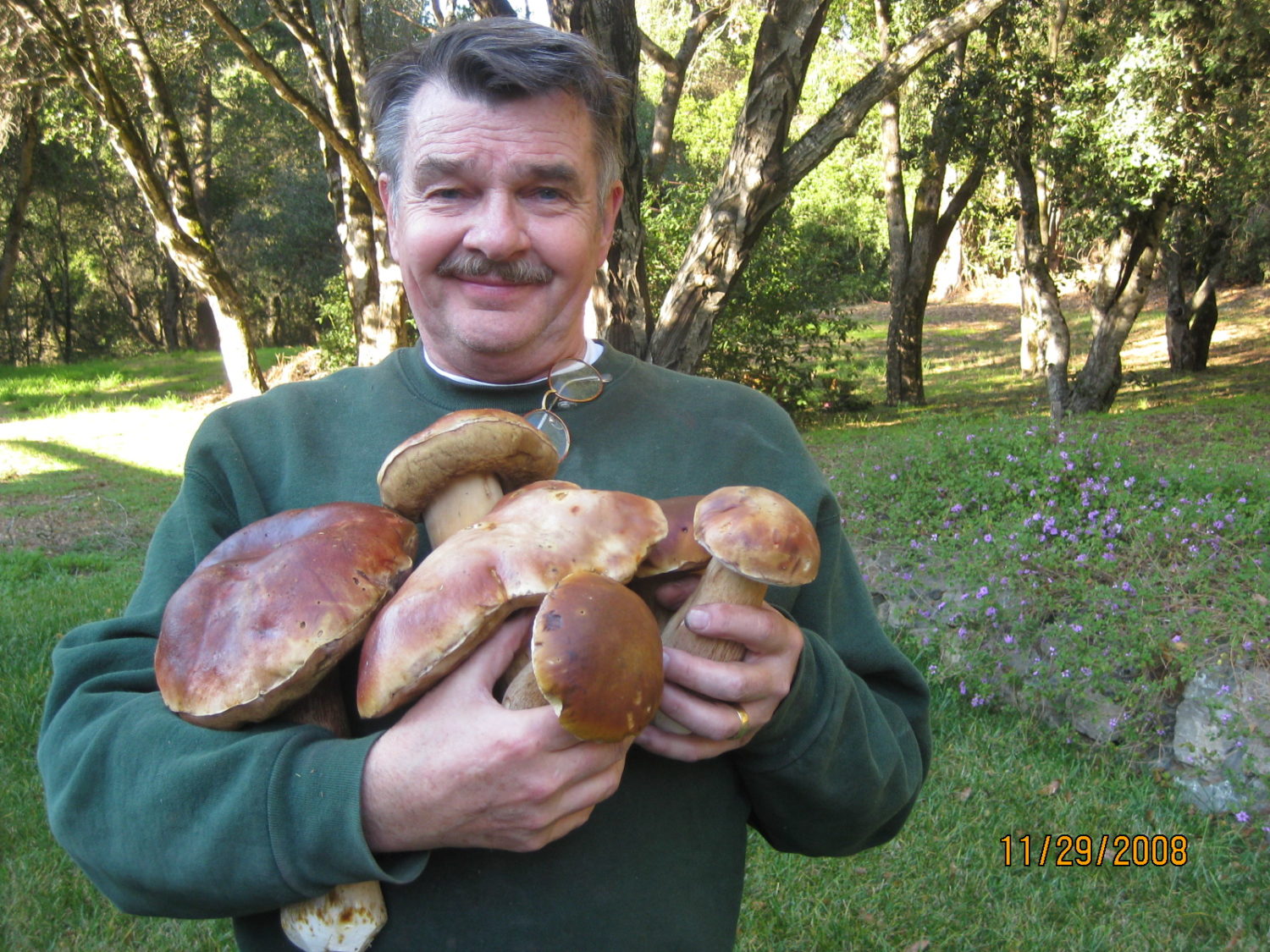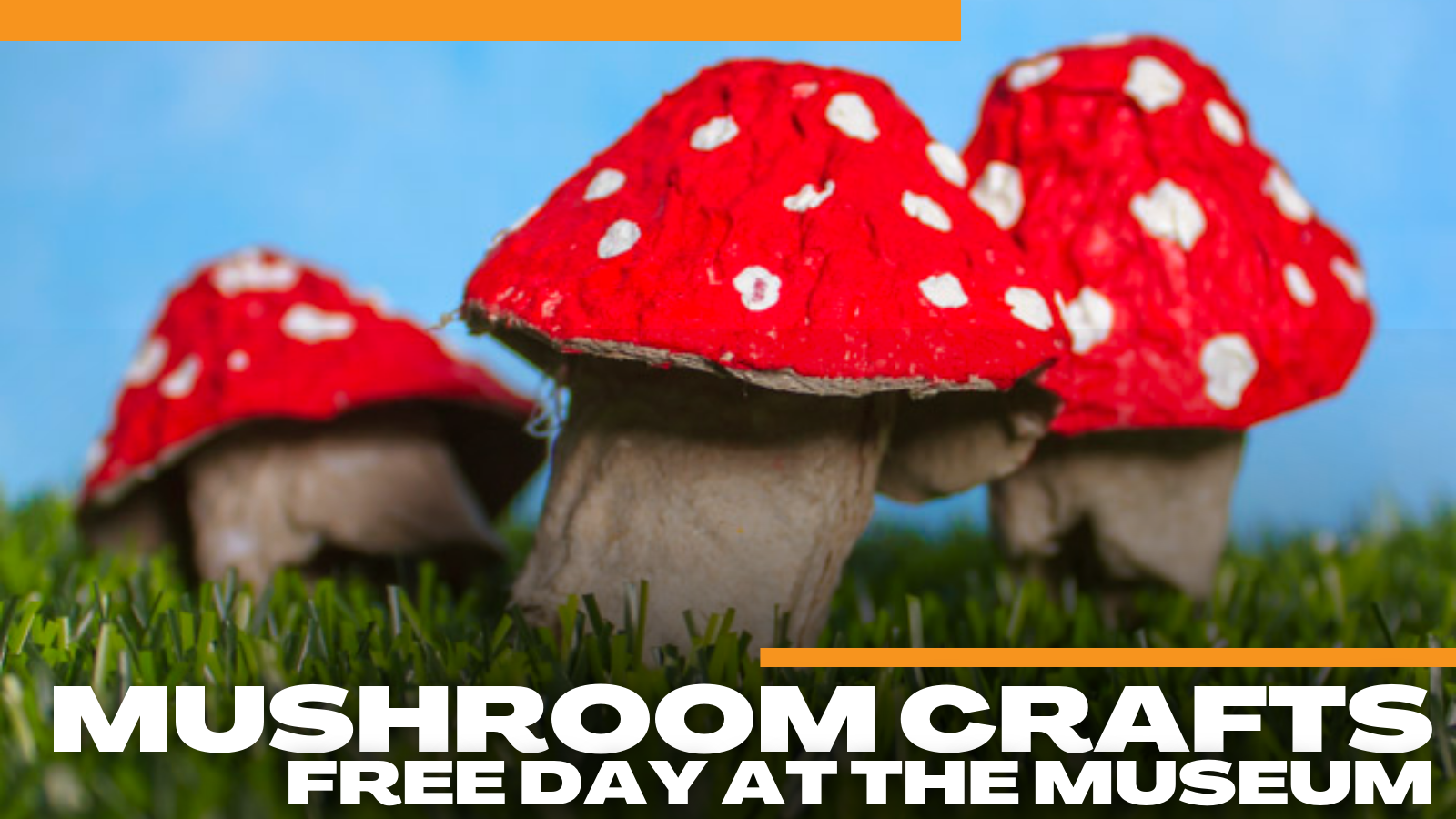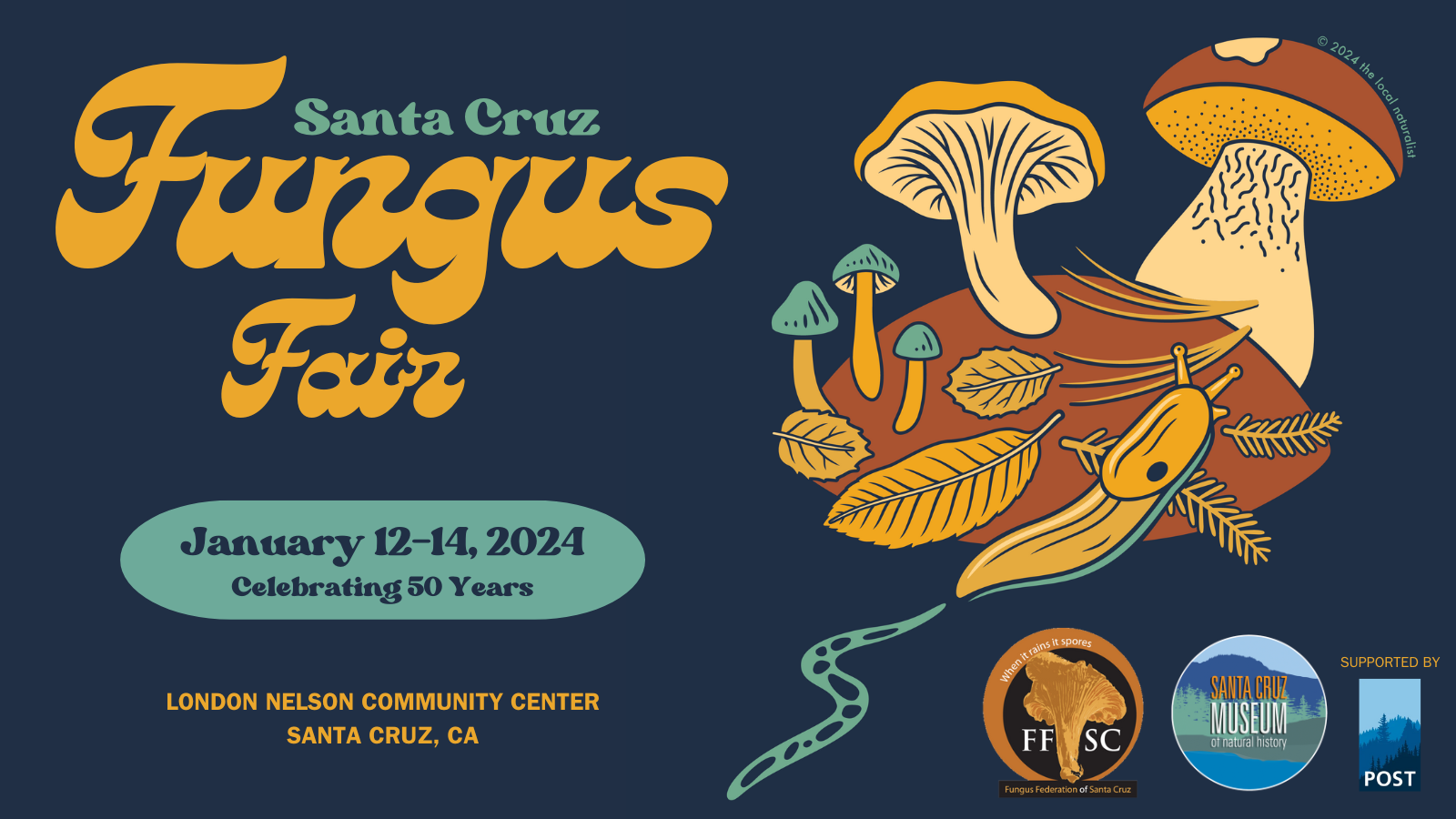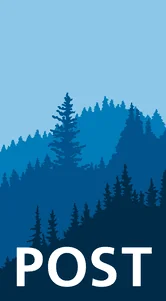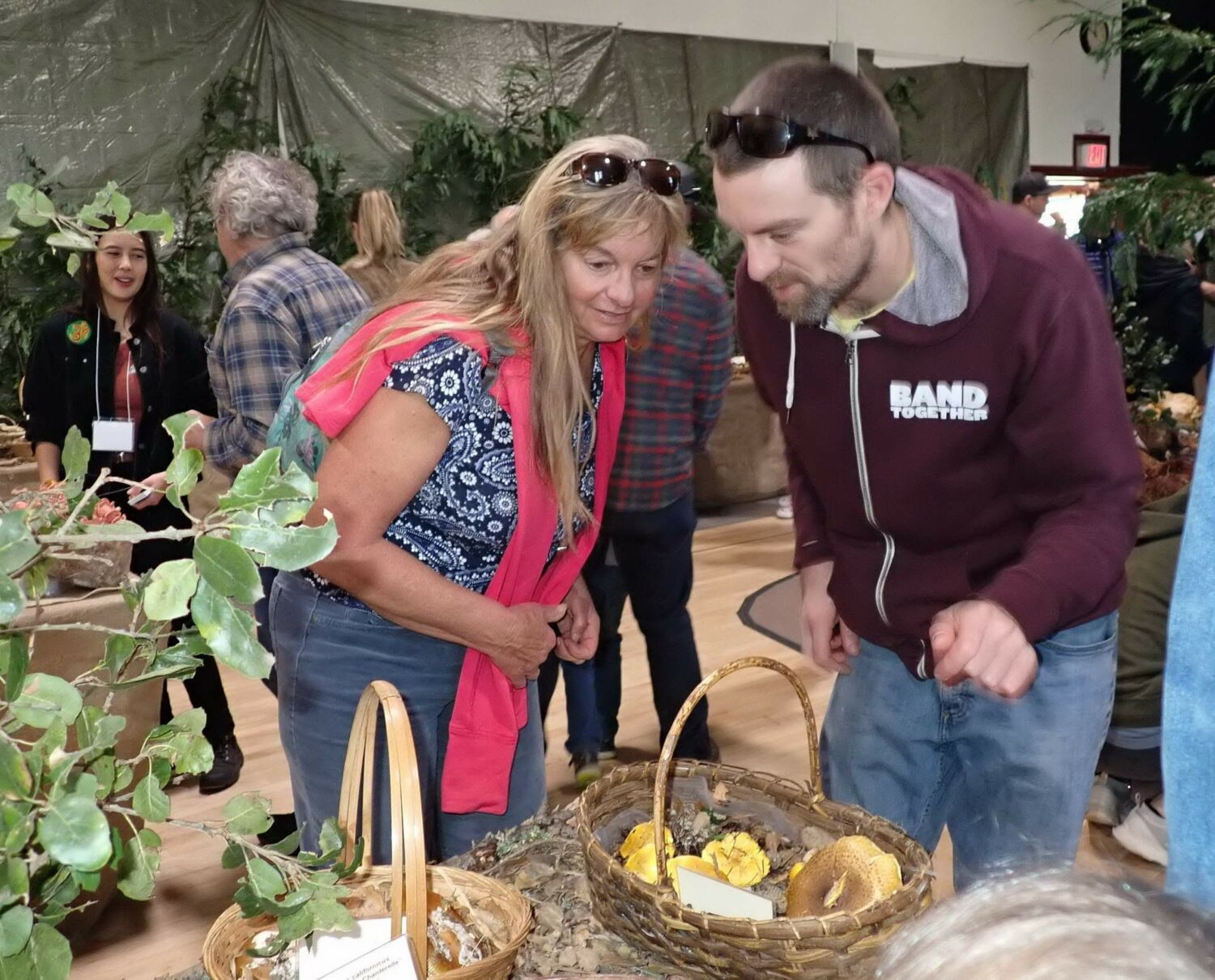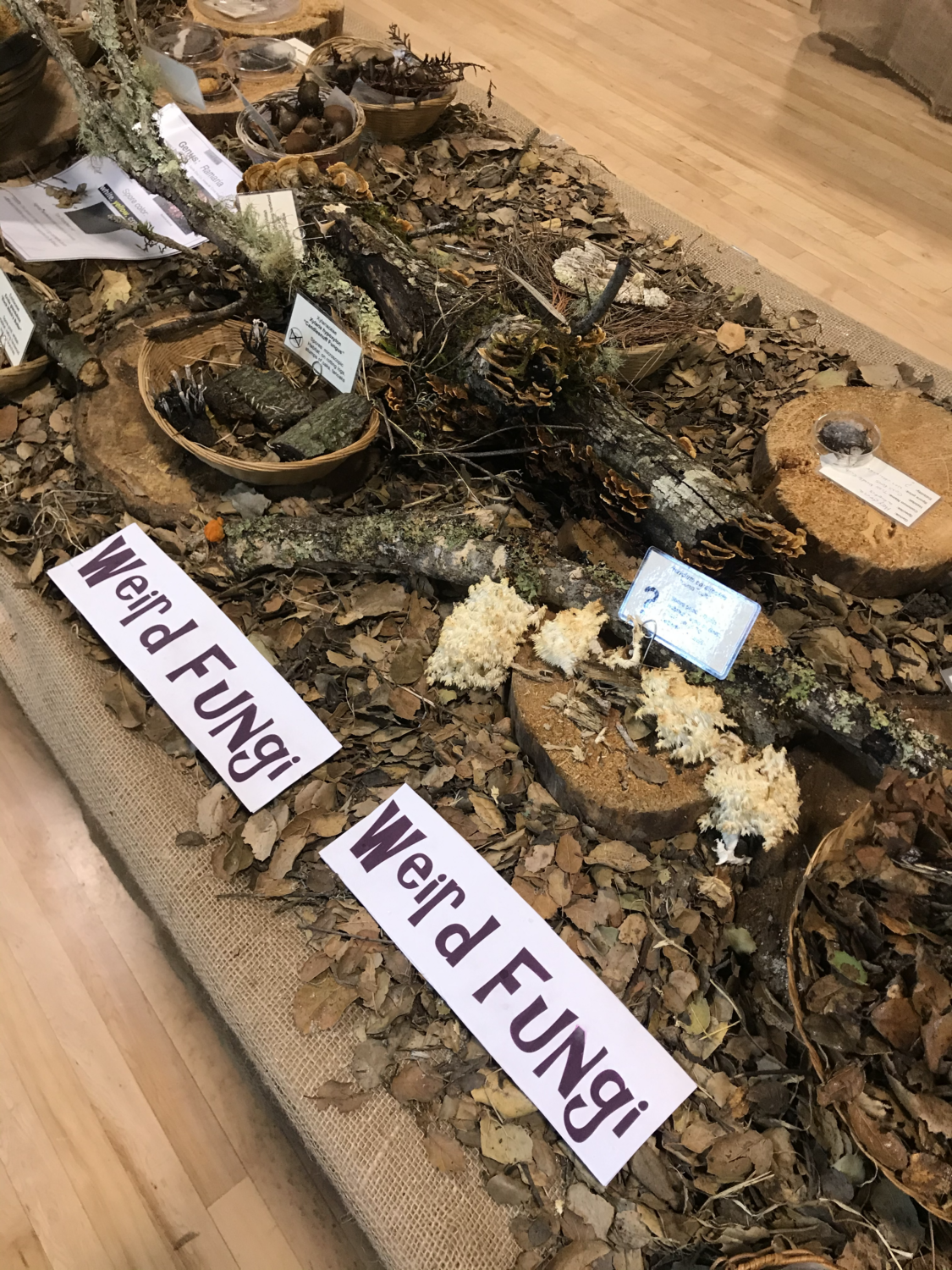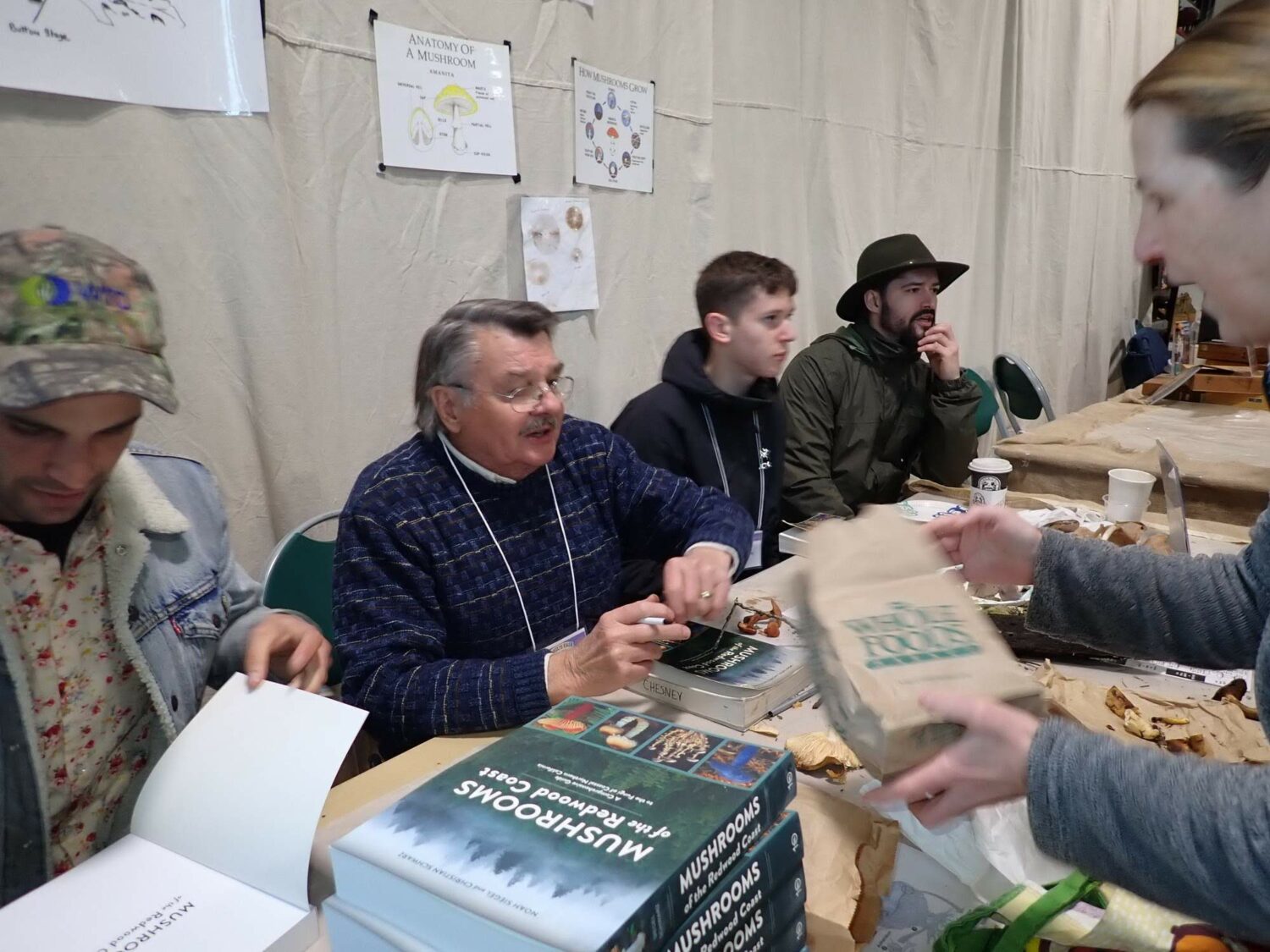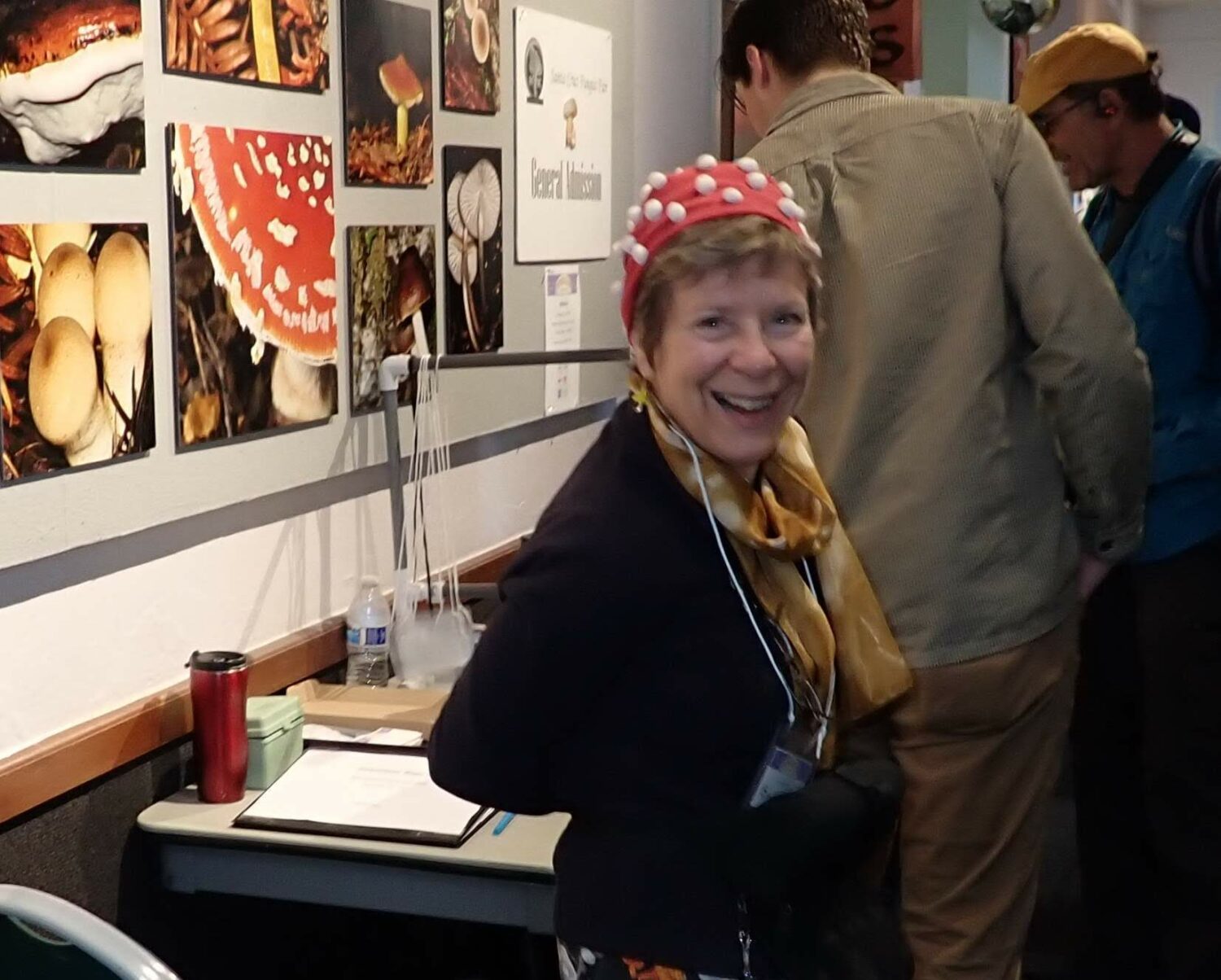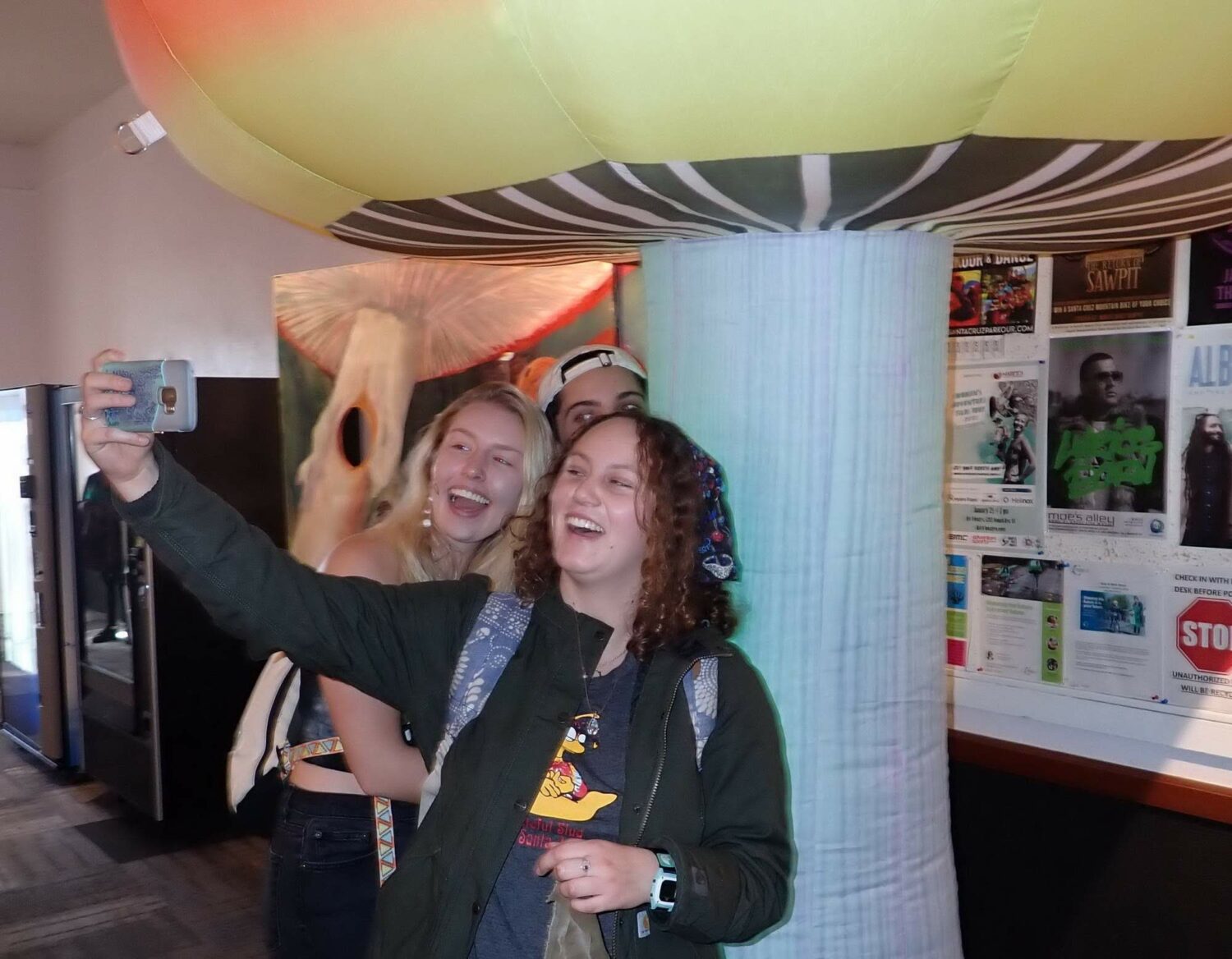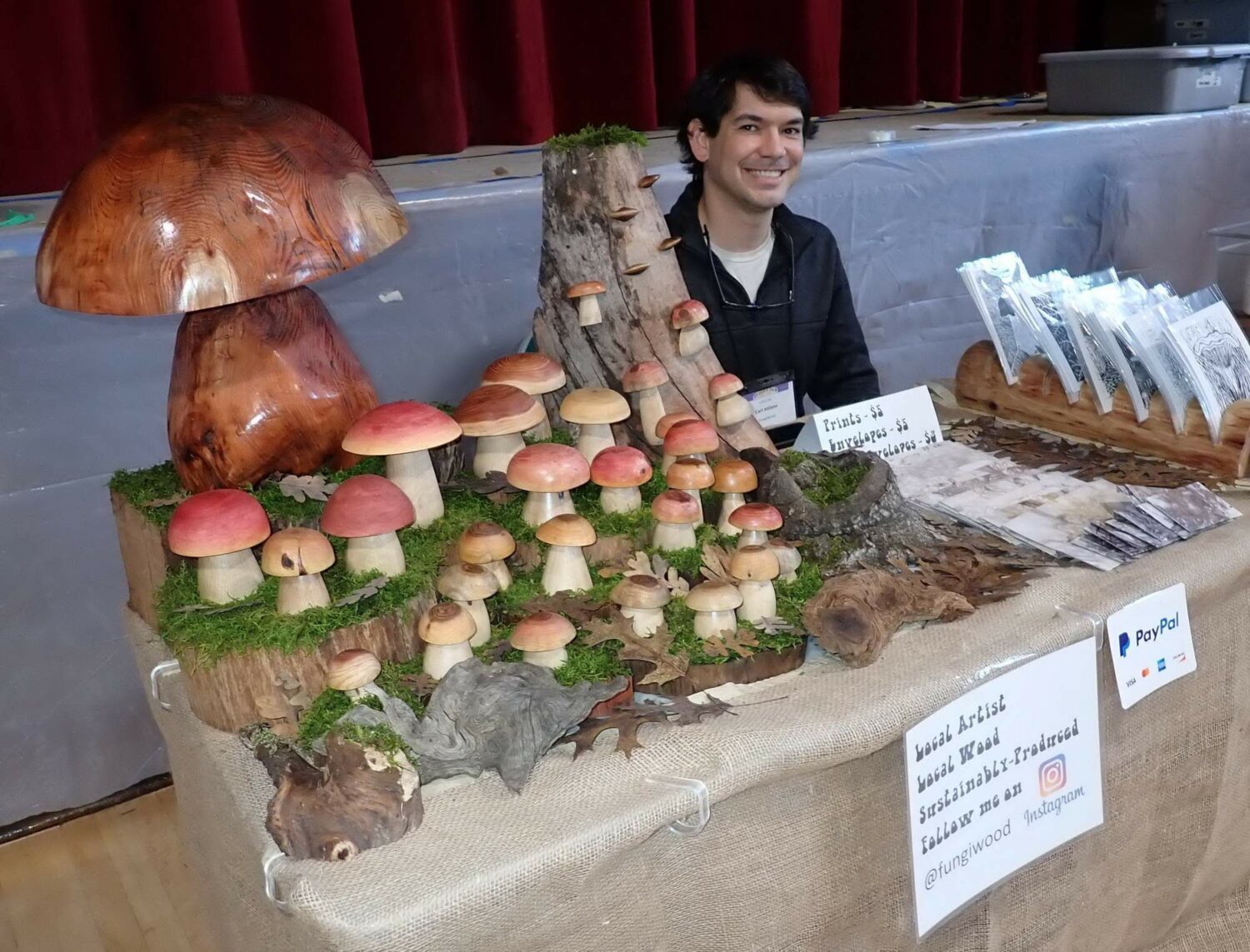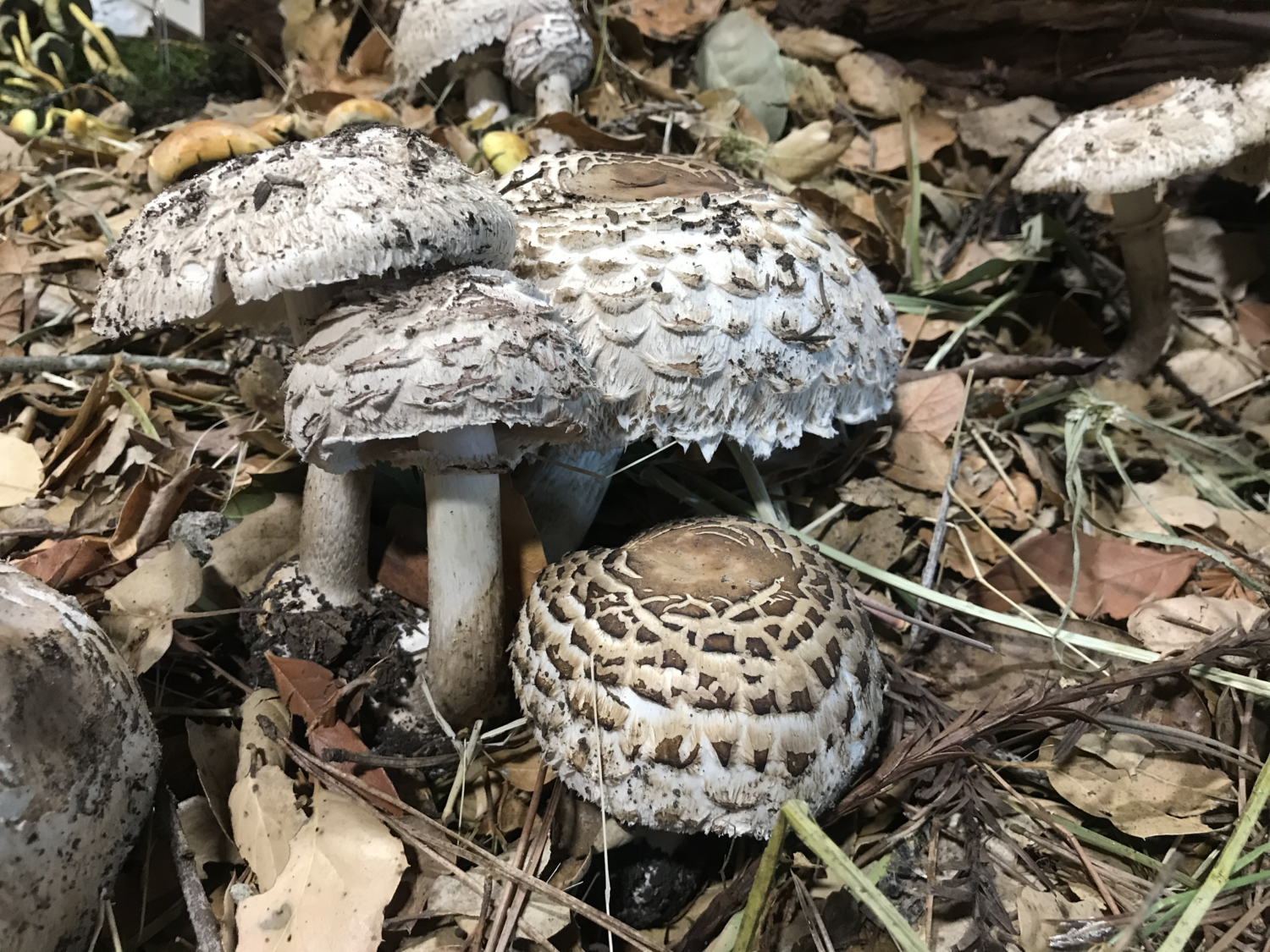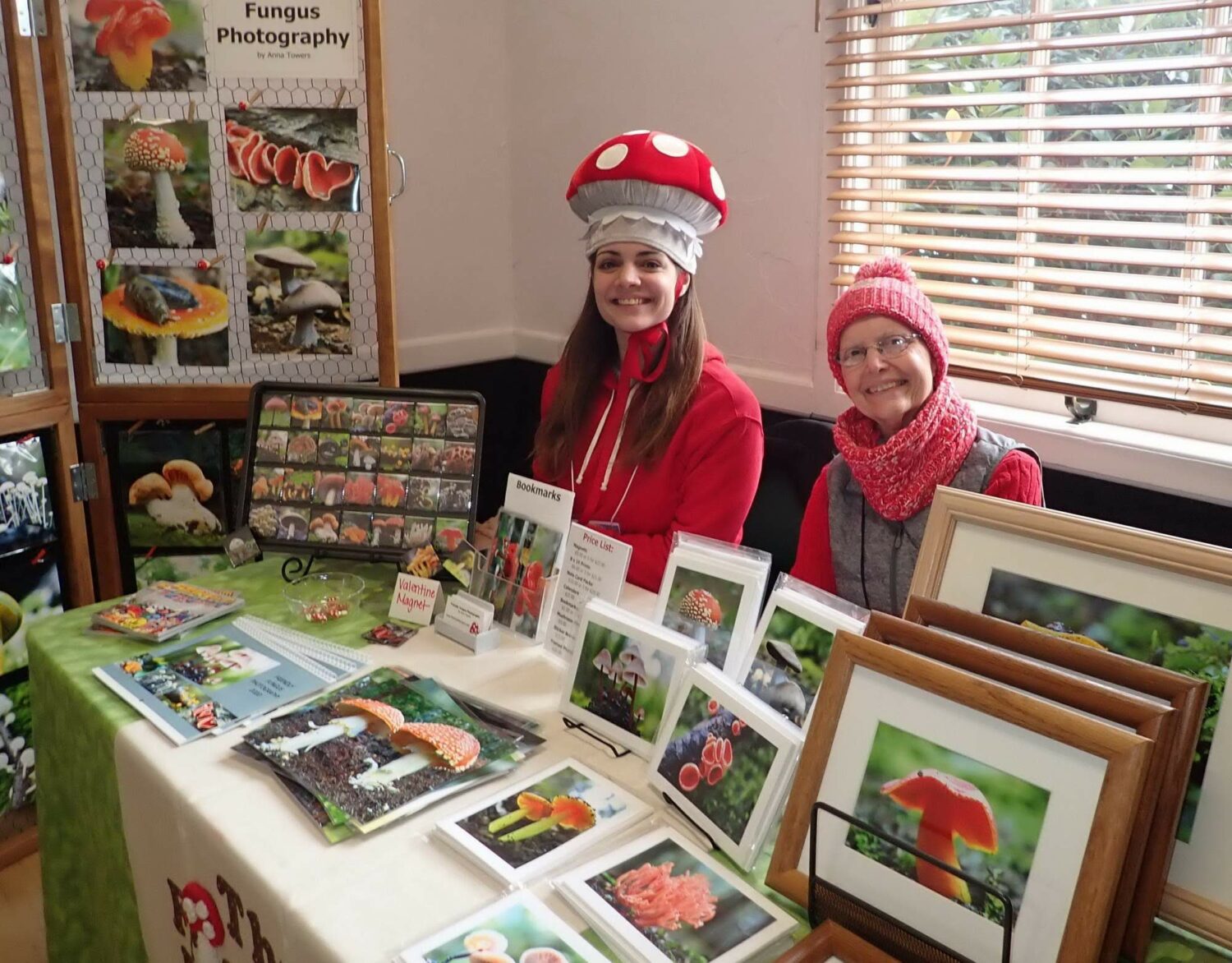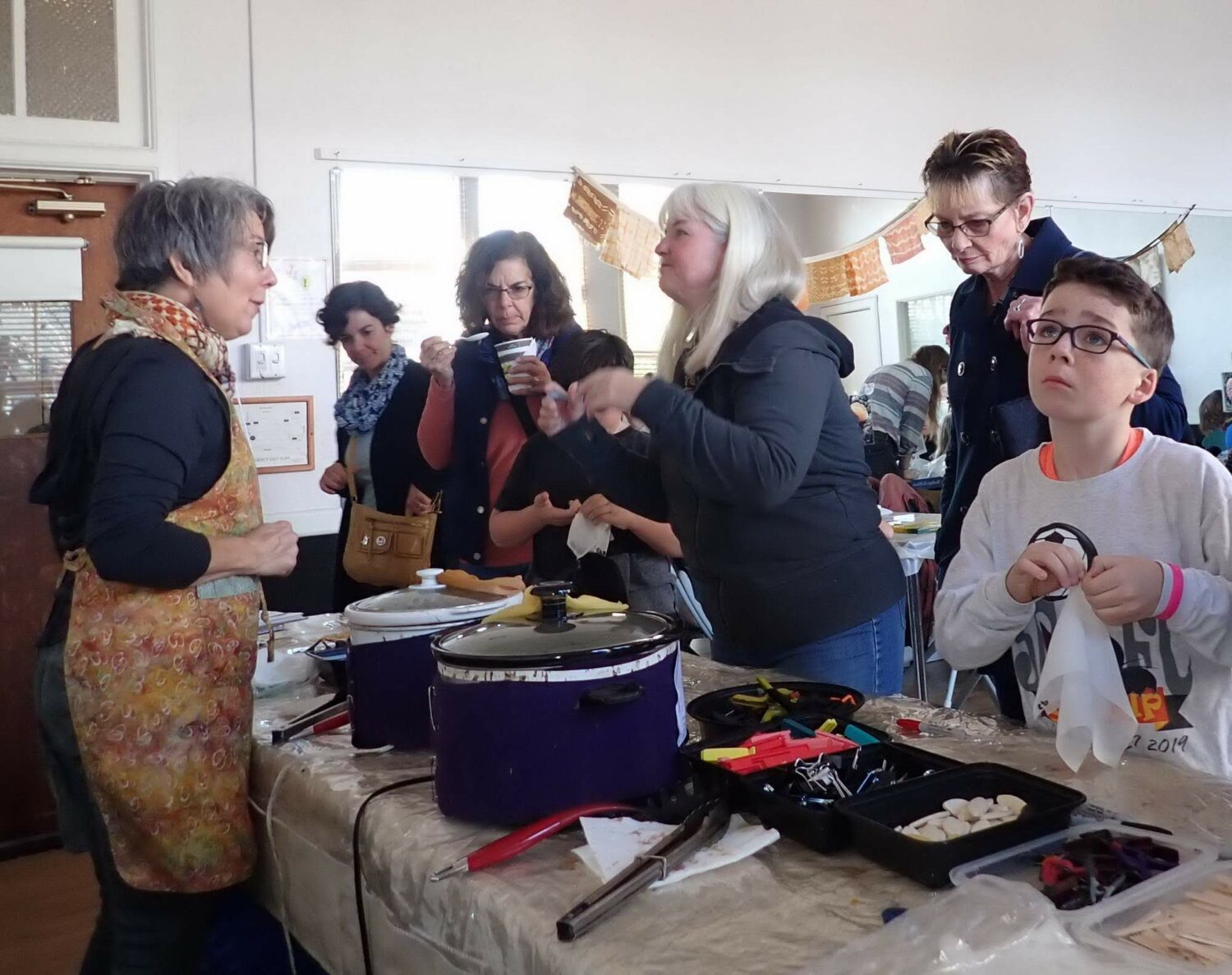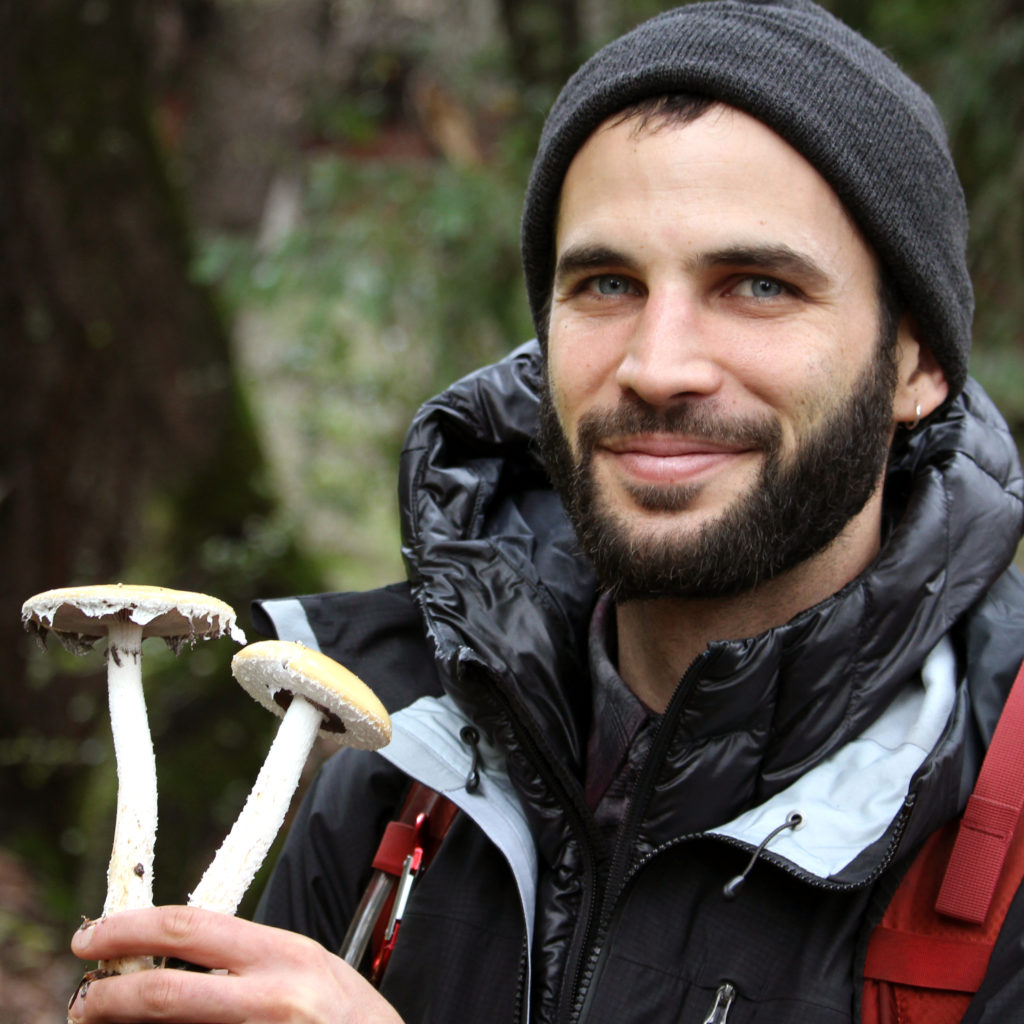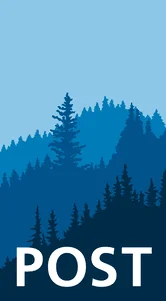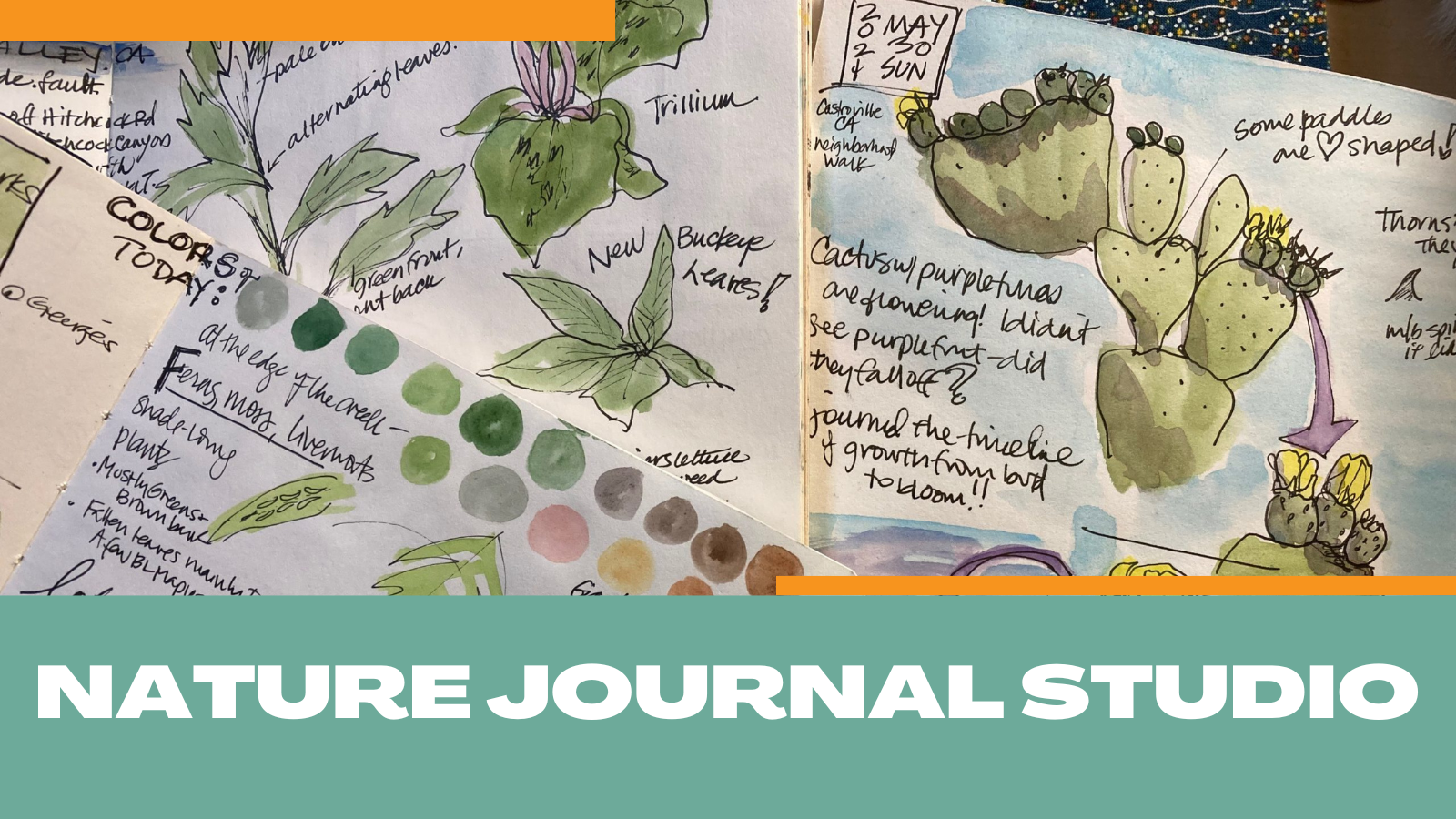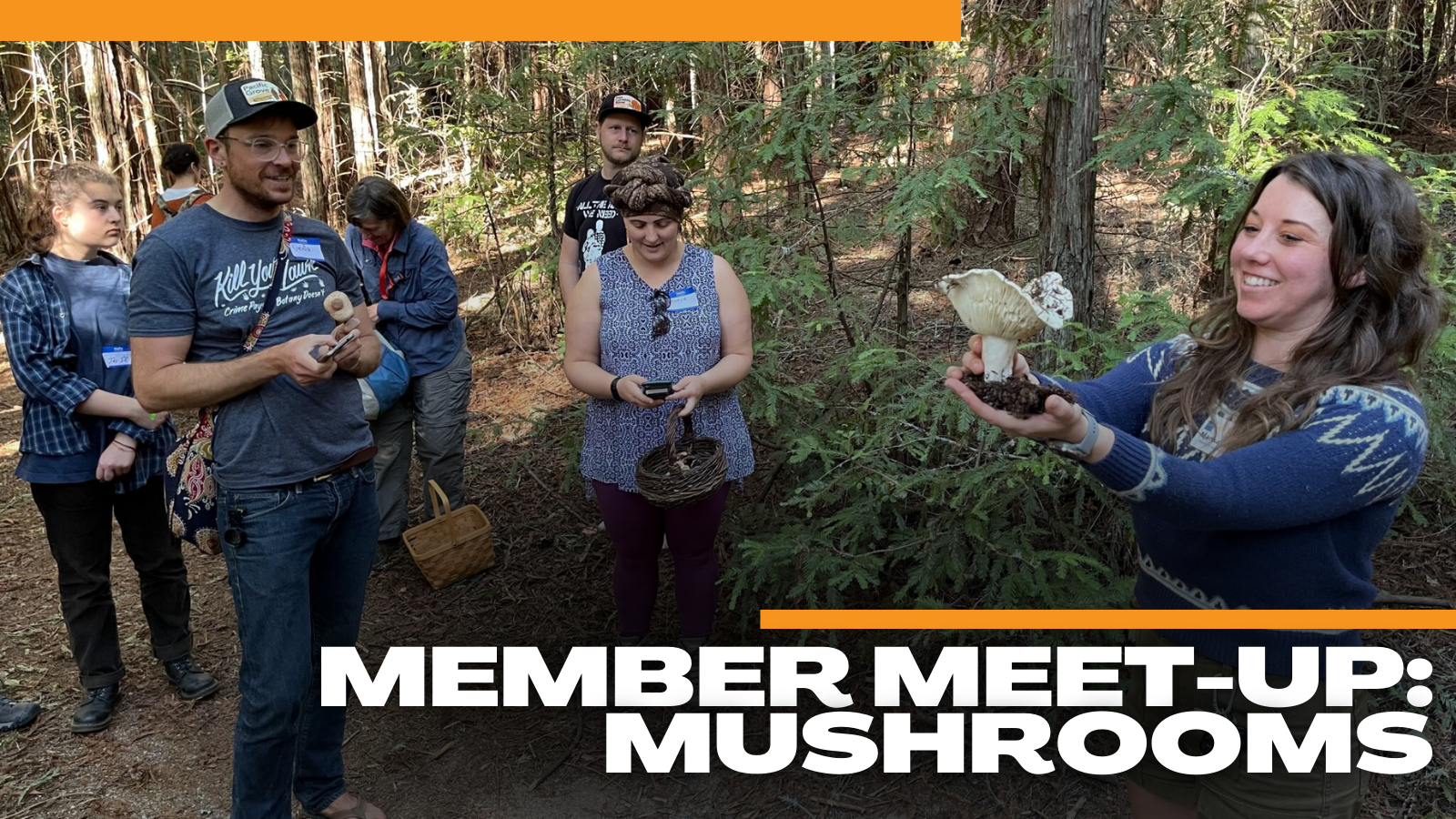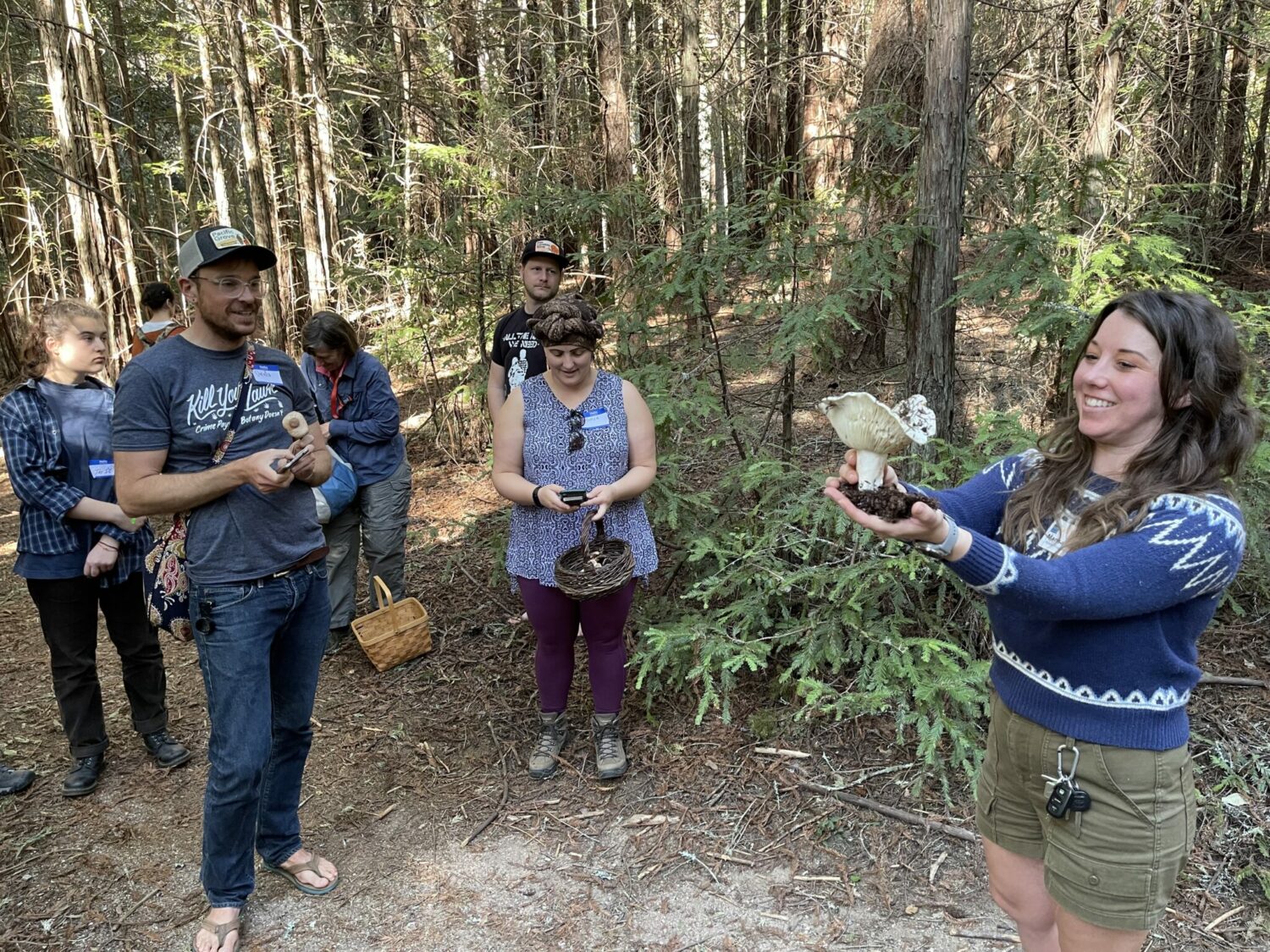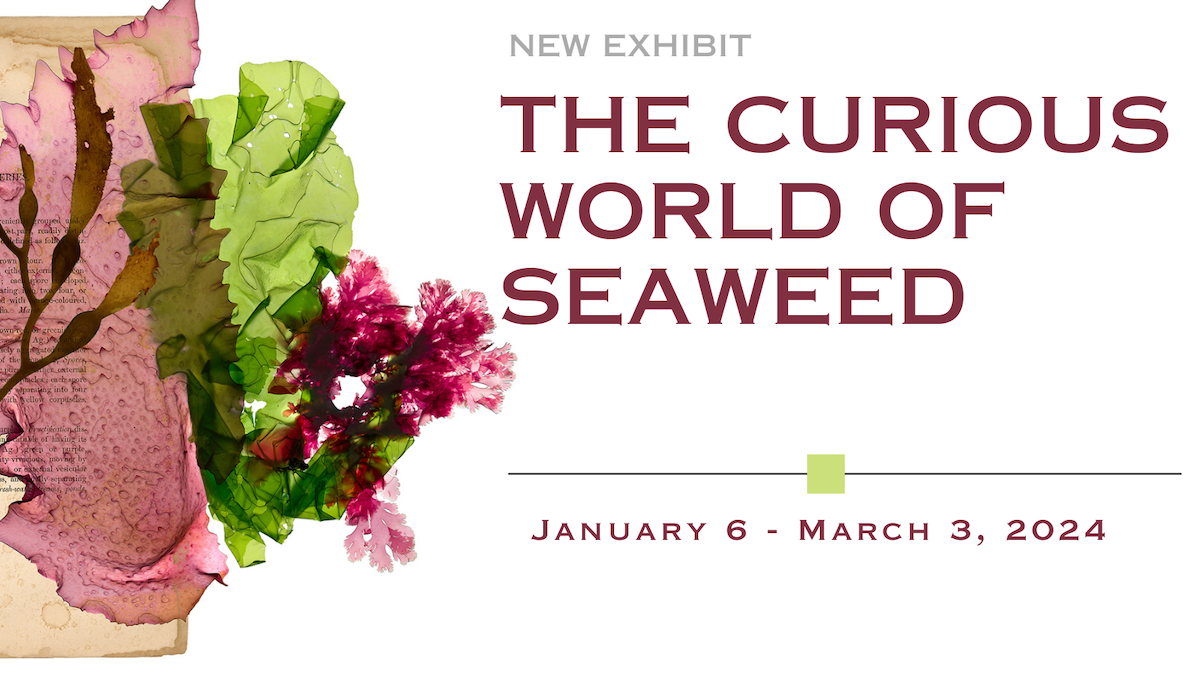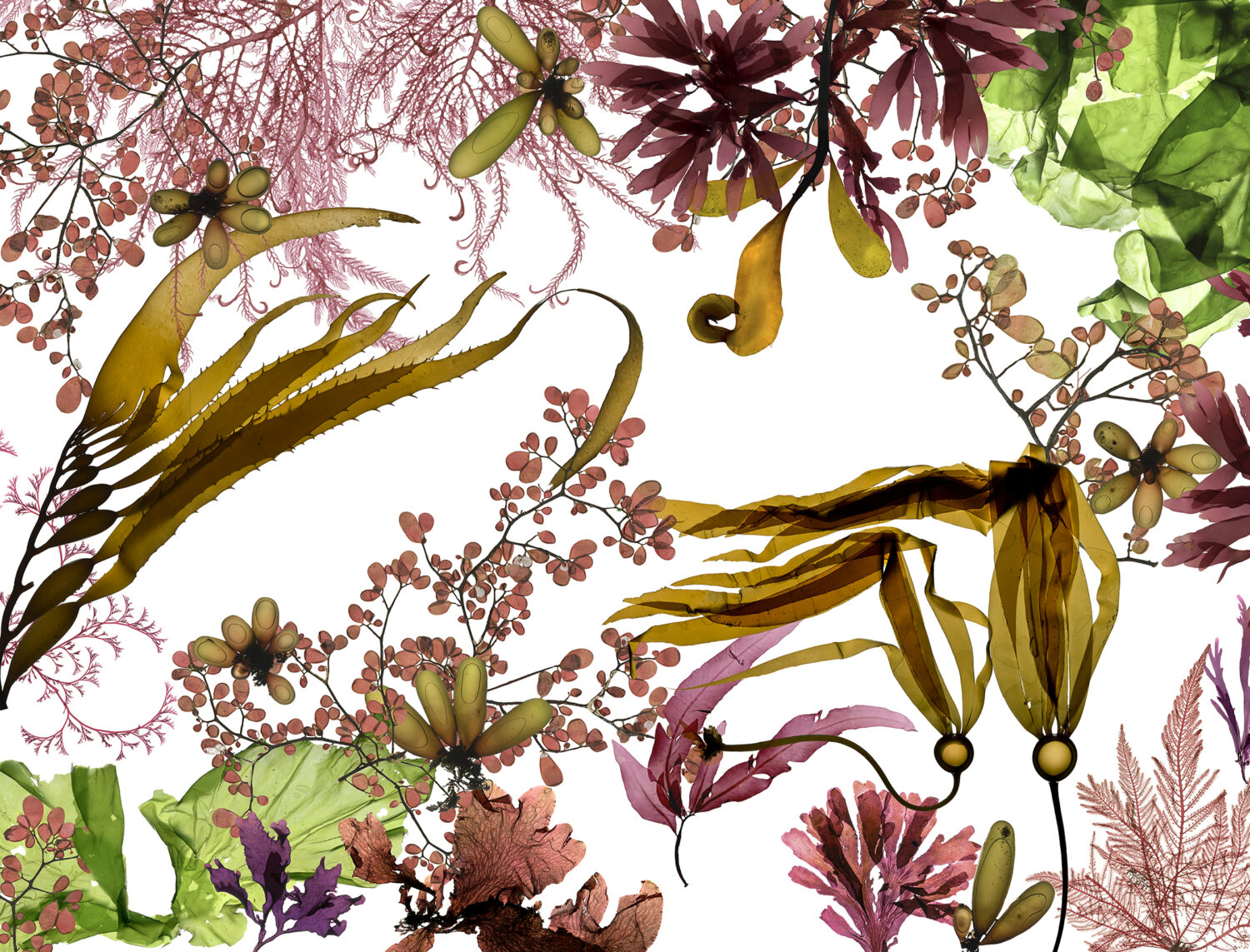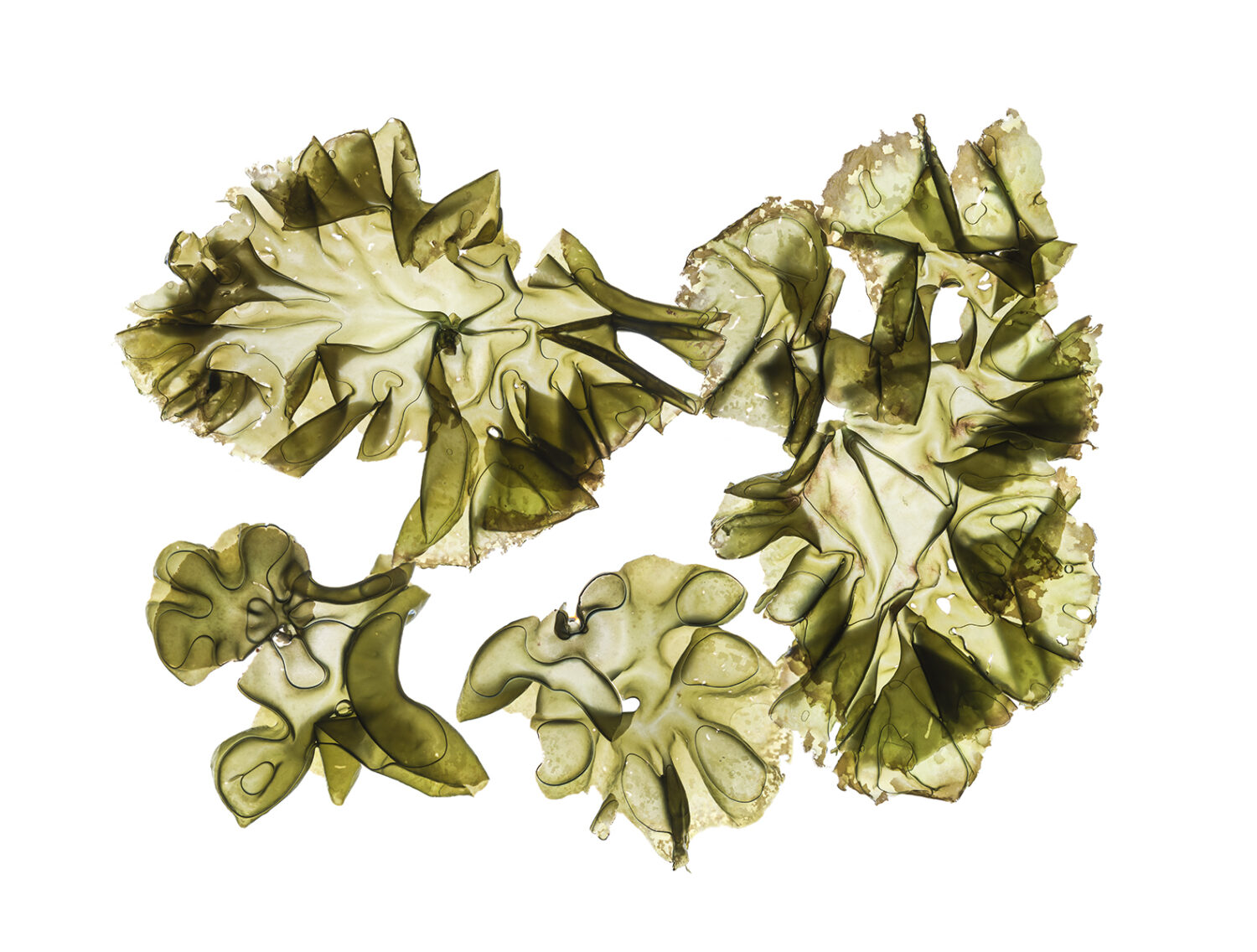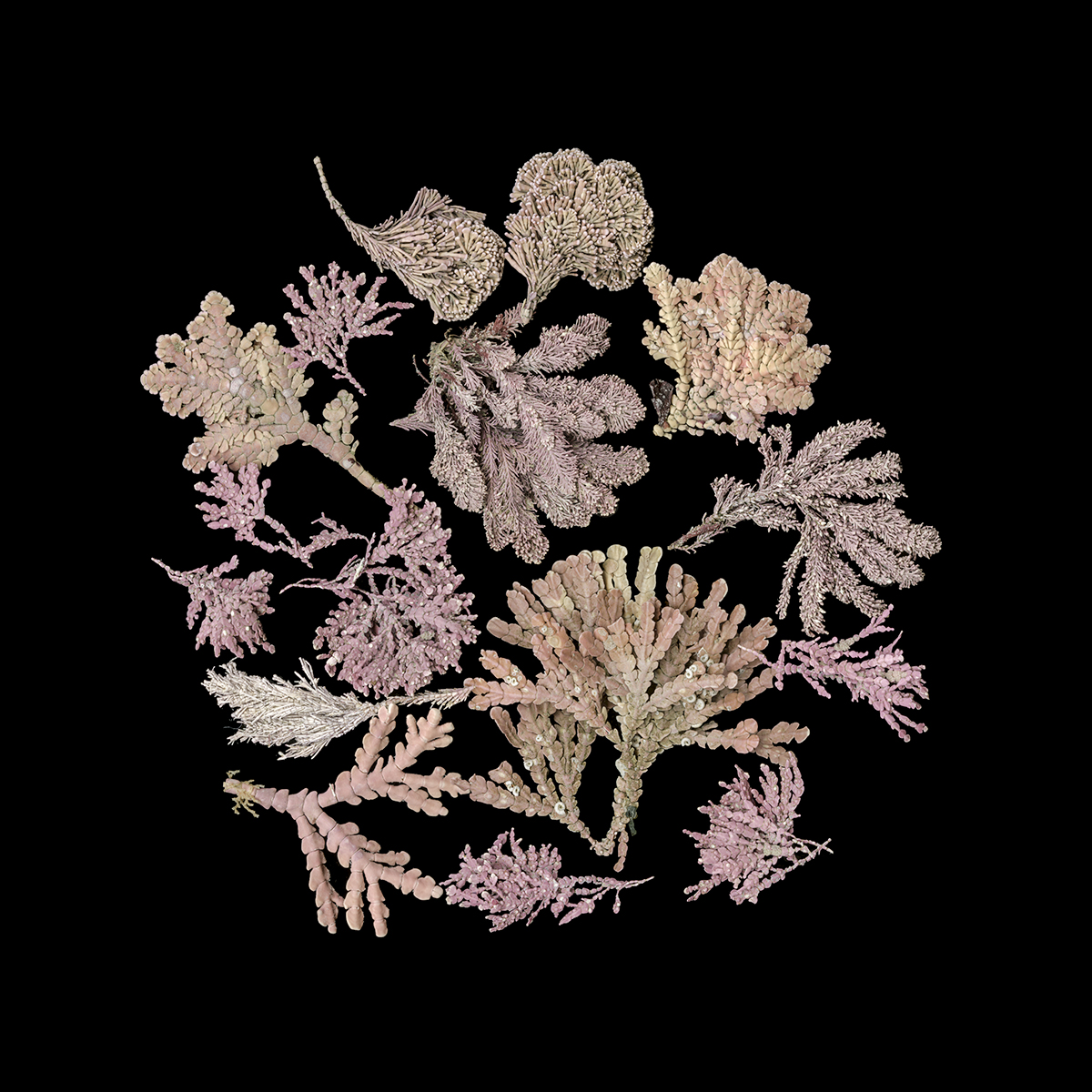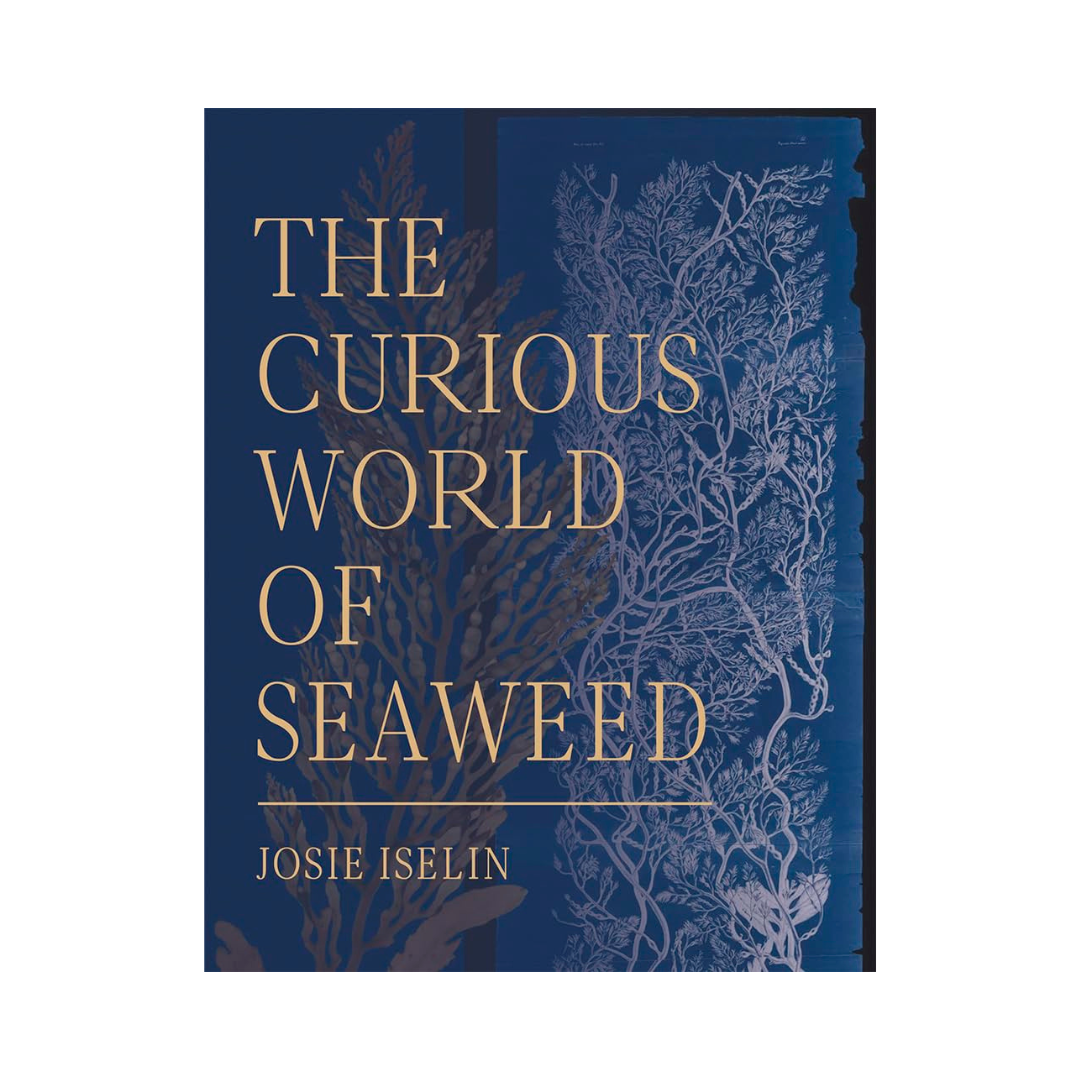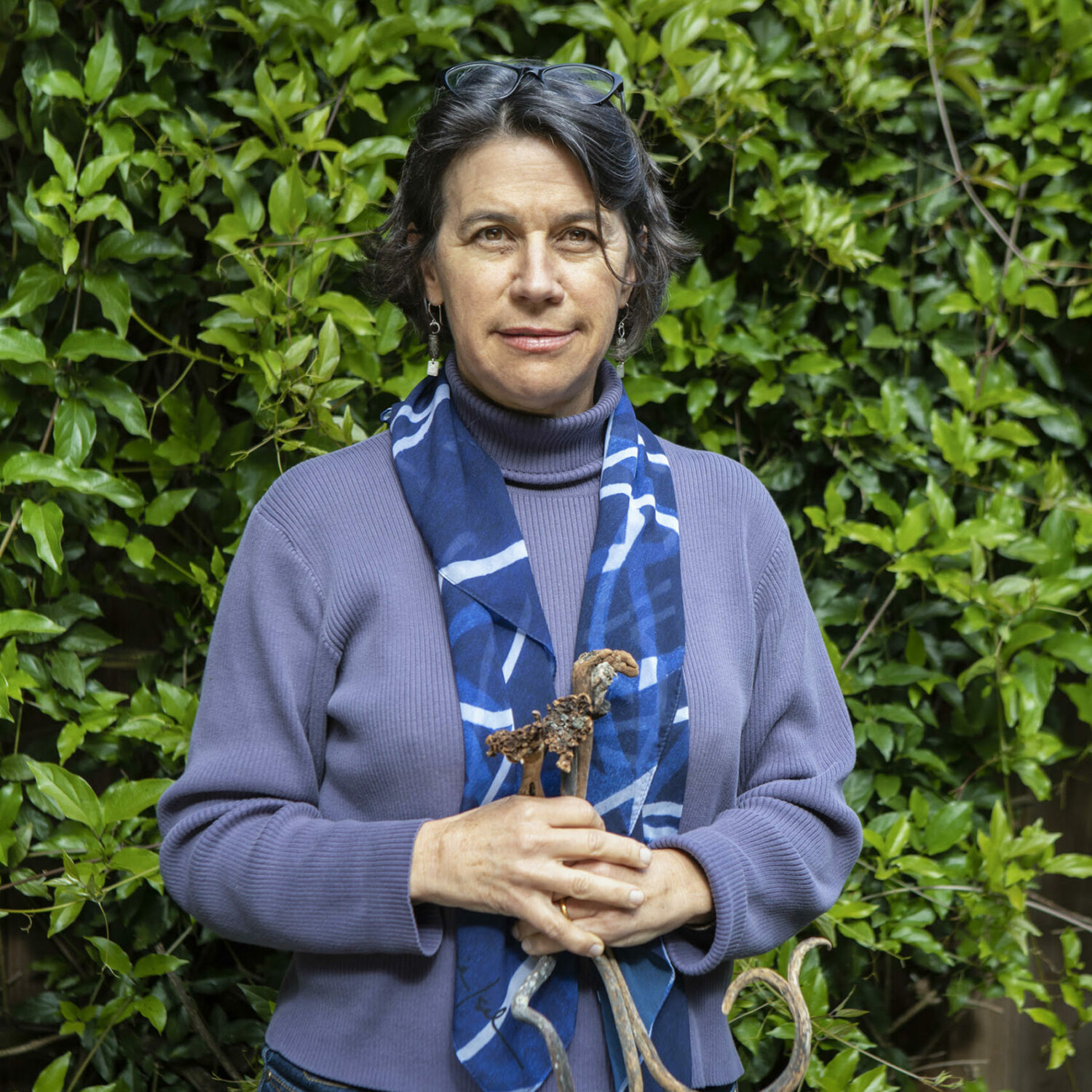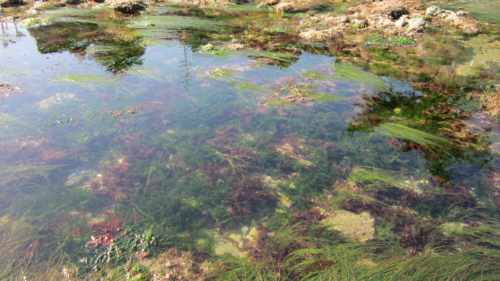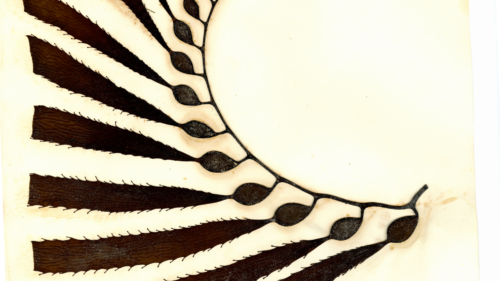“What on earth,” asks Frank Perry, “could tiny plankton drifting in the sea have in common with arrowheads and spear points made by people who lived here thousands of years ago?”
In his new book, Geology of the Northern Monterey Bay Region, local author Frank Perry delves deeply into the ways that geology consists of surprising connections. Grounding the reader in the stories of the rocks that underlie our lives, he artfully weaves together ancient origins, childhood nostalgia, fun facts, fossil finds, and more. The book goes above and beyond straightforward storytelling, with themed activities and field trips thrown into the mix.
This richly varied and engaging approach is especially important when unearthing the geology of a place like the Monterey Bay area. Complex and largely obscured by thick soils and dense vegetation, “our rocks” as Frank notes “have not given up their secrets easily.” Our area has more than 14 geologic formations, the units that geologists use to study rocks, several of which are famous for their fossils. In the face of this complexity, the book illuminates the history of how we have come to know the world beneath our feet – whether through observing ancient sand ripples, encountering cave creatures, or finding local faults.
Readers of the book will also find their way into the Museum’s collections, photographs of which are featured throughout the book. Similar to many of our more subtle local geologic features, our collections are often out of sight and out of mind for all but our staff. Nonetheless, they are rich in stories that connect people to nature, and Frank finds a place for many of these, including the commonalities between plankton and spear points.
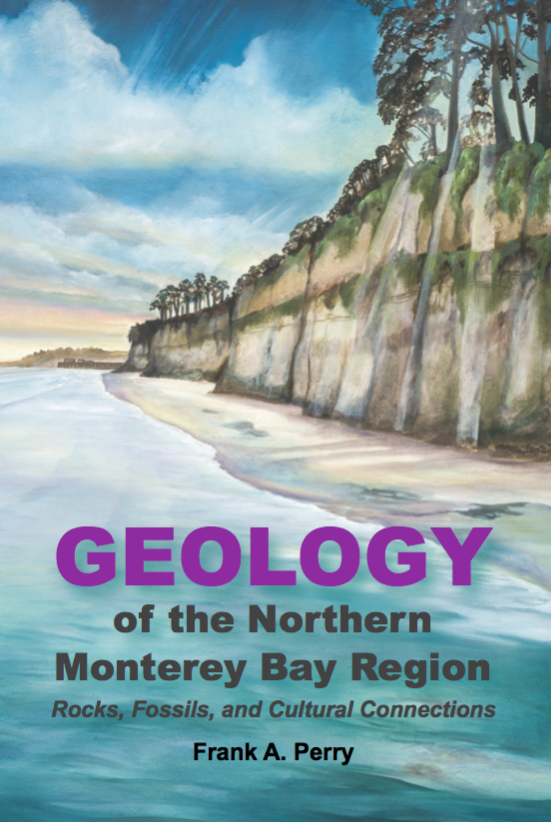
Beginning with the quote at the opening of this blog, chapter seventeen of the book is illustrated in part by the following artifacts: a carved diatomite specimen, a chert cobble, and a chert point. The carving is light and airy, and it is difficult to imagine how the artist managed to inscribe an image without crushing the medium to dust. The cobble has a stark heft in comparison, with a hardness that isn’t hard to imagine being useful in the spear point of the same material. Despite these differences, the rock types are cozy bedfellows in certain parts of the Monterey Formation, a local oil-rich sedimentary formation that ranges locally between 12 to 15 million years old.



In addition to their common formation origin, these artifacts have other commonalities: we’ve used each of them in exhibits to tell stories about how people connect to nature. In this case, we have different stories of carved stone, from the First Peoples to more recent European immigrants.
But what about the crux of the original question, the connection between plankton and points? For that, you’ll have to grab a copy of Frank’s book from the Museum Store, either online or in person. Better yet, join us for the launch party on March 15, 2024, to see these specimens and others used in the book on display while the author himself treats us to a talk on more of the interesting connections carved out by local geology.


